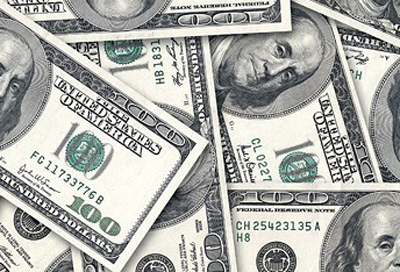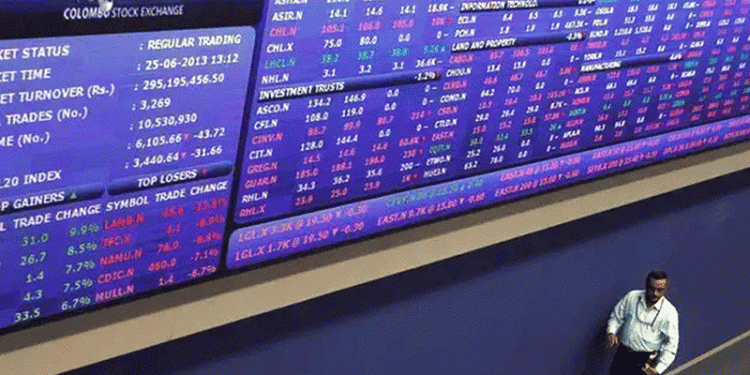Tuesday, 17 November 2015 18:18
 LONDON: The dollar surged against the euro for a second day on Tuesday and some dealers said a push above $ 1.06 per euro might open the way for a swift move to highs hit in the first half of 2015.
LONDON: The dollar surged against the euro for a second day on Tuesday and some dealers said a push above $ 1.06 per euro might open the way for a swift move to highs hit in the first half of 2015.
The Paris attacks had weighed on the euro on Monday but the broader theme of divergent interest rate policy was firmly back in focus on Tuesday ahead of U.S. inflation and German sentiment data.
The dollar hit a seven-month high of $ 1.0647 in early European trade, up 0.4 percent on the day.
“We have thought for a week now that these levels around $ 1.0600, $ 1.0640 are the key ones for the euro,” said the head of spot currency trading at a large international bank in London, who asked not to be named.
“If it gets below these levels it could go very quickly. The pain trade is obviously in the other direction and I would note that we have seen clients betting on the dollar using options to cheapen their dollar positions into the end of the year.”
The dollar index, which tracks the U.S. currency against six major rivals, added 0.2 percent to 99.589, after setting a fresh seven-month high of 99.655. breaking above highs marked last week on surprisingly robust U.S. jobs data.
Almost all of the major currency trading banks are forecasting a rise towards parity with the euro in the months ahead but the past two weeks have proved stickier for the dollar than some expected. Options markets also point to substantial barriers to further gains between current levels and March and April highs around $ 1.0450.
U.S. consumer price data scheduled for later this session could help make the case for a rise in Federal Reserve interest rates next month, now broadly expected by many in markets.
While headline inflation remains close to zero, at least one measure of underlying core inflation is running at almost 2 percent. In sharp contrast with the Fed, the European Central Bank is considered very likely to expand or extend its quantitative easing programme next month.
“In terms of FX price action, we’ve reverted to the trend that was in place before the weekend’s terrible events (in France), which is euro underperforming into the December ECB on expectations of increased QE,” said Sue Trinh, a strategist with RBC Capital Markets in Sydney.
A Reuters poll of traders on Monday showed that most expected the ECB to diversify the 60 billion euros a month of mostly government bonds it has been buying since March to include municipal bonds.
“Disappointment by the ECB at this stage would be tantamount to solidifying expectations at current levels for growth and inflation, a trap we fully expect them to avoid,” Richard Cochinos, head of European G10 FX strategy at Citigroup, said in a note.
The latest data from the Commodity Futures Trading Commission, released on Monday due to last week’s U.S. Veteran’s Day holiday, showed that investors boosted their dollar bets in the week ended Nov. 10 to the highest levels since mid-August. Those are still just over half of the levels seen in March and April, however, suggesting players have more space to engage in the dollar’s rise.
The dollar added about 0.1 percent to 123.27 yen, away from the previous session’s one-week low of 122.23, as investor risk aversion faded. The yen is traditionally a safe-haven currency, and it had gained after the Paris attacks.



























